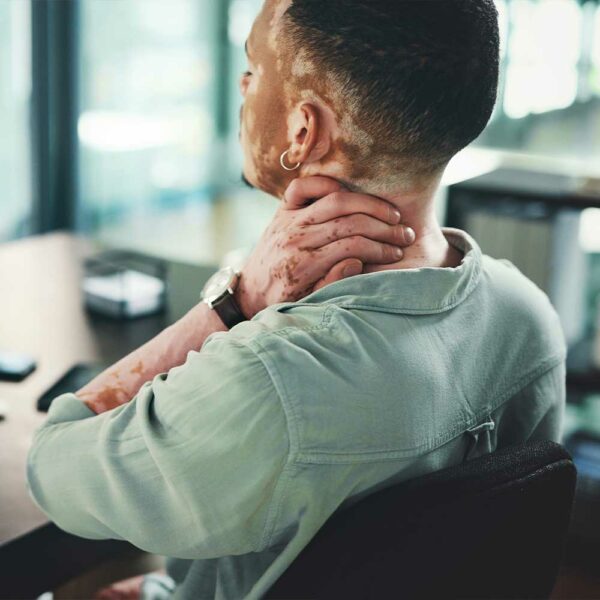Exploring Treatment Options
At Metropolitan Neurosurgery Brain & Spine, we understand the impact that spinal stenosis can have on your daily life. We provide information on various treatment options to help you manage your symptoms effectively.
Non-Surgical Treatments
Pain management techniques: Over-the-counter or prescription medications for pain relief.
Physical therapy: Targeted exercises and stretches to strengthen the back and improve flexibility.
Epidural steroid injections: Injections of anti-inflammatory medications to reduce pain and inflammation.
Assistive devices: The use of braces, canes, or walkers to support mobility.
Surgical Treatments
In severe cases or when conservative treatments fail to provide relief, surgical intervention may be considered. Surgical options for spinal stenosis include:
Decompression surgery: A procedure to remove portions of the bone or tissue causing pressure on the spinal cord or nerves.
Spinal fusion: A surgical procedure that joins two or more vertebrae together to stabilize the spine.
Laminoplasty: A surgical technique that creates more space within the spinal canal to relieve pressure on the spinal cord.



